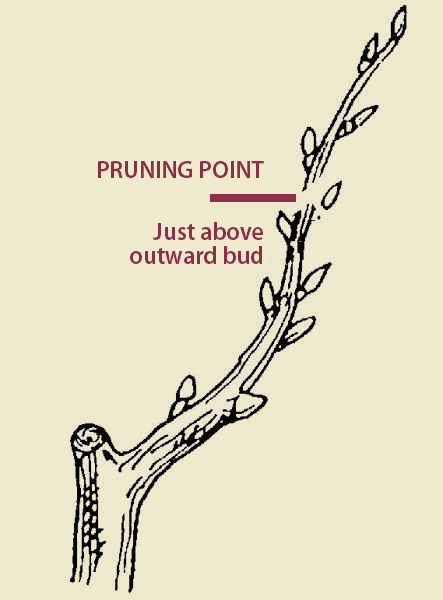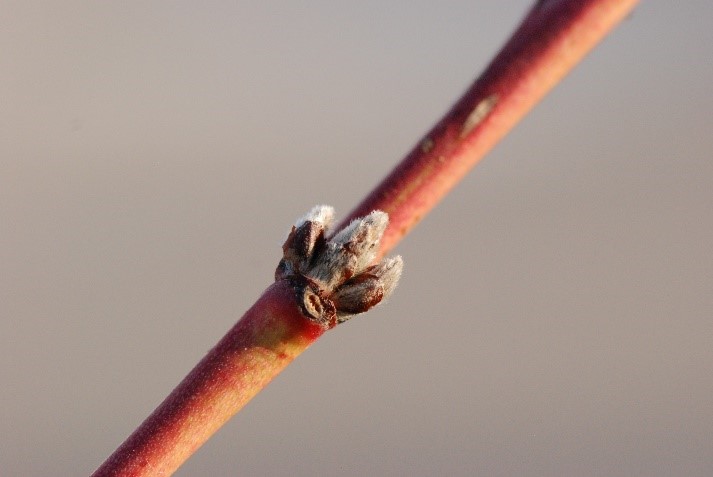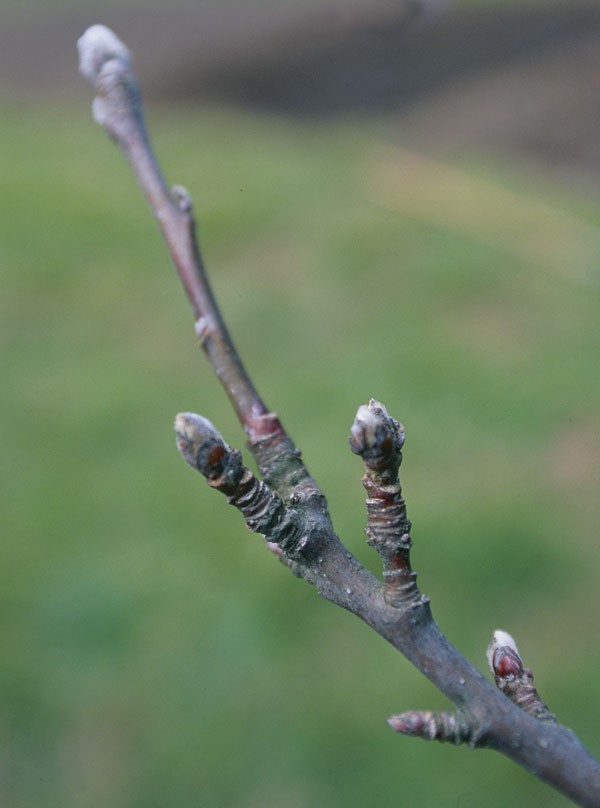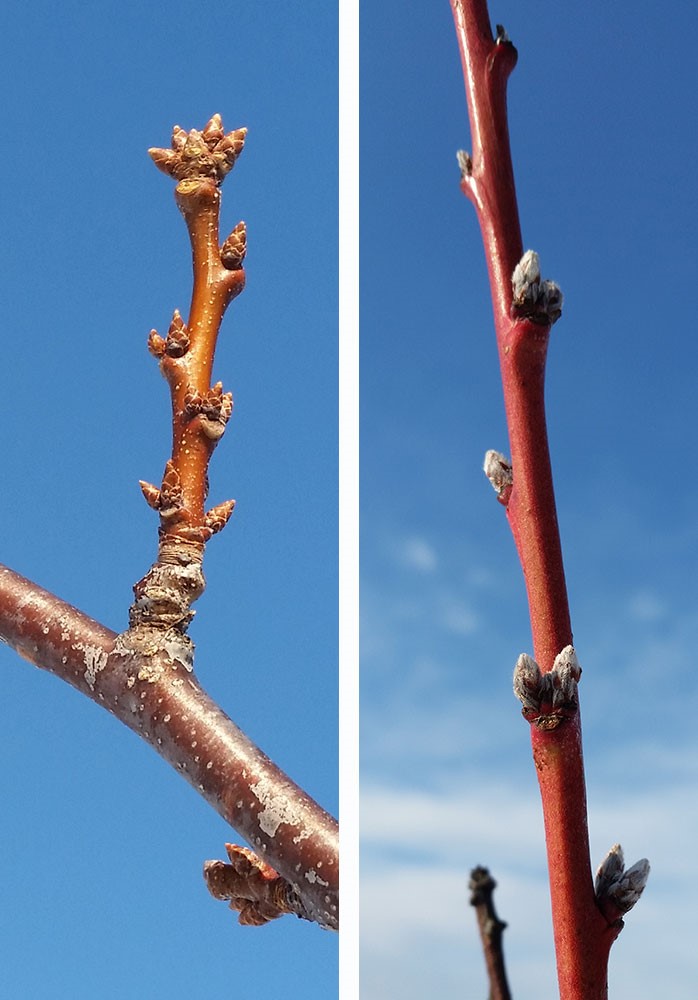Growing Fruit Trees
Notes prepared by: to Scott Hitchins from Werribee Park Heritage Orchard
Sit down and write a list. don’t get hung up on practicalities yet, so include bananas, mangoes, or whichever exotic fruit you like. –Some of these may have to be crossed off later, but not as many as you would think. Don’t forget to include existing fruit trees which you intend to keep. Then, it’s time to research the varieties which suit your situation.
Here is a list of fruit types to get you researching.
Citrus: Lemon, Lime, Orange, Mandarin, Tangelo, and less common types like Yuzu, Cumquat, Pomelo, Citron, and many others.
Pomes: Apples, Pears, Quince, Nashi, Crab apples, Loquats.
Stone fruit: Cherries, plums, Peaches &Nectarines, Apricots
Nuts: Almonds, Hazelnuts, Walnuts, Pistachios, Chestnuts, Macadamias
Berries: Strawberries, Currants, Mulberries, Raspberries & brambles, Blueberries,
Mediterranean: Figs, Olives, Pomegranates, Prickly Pear, Carob
Vine fruits: Grapes, Passionfruit, Kiwifruit
Sub-tropical, exotics and random: Persimmon, Guava family (inc. Feijoa), Pepino, Bananas, Avocado, Papaya family, Tamarillo,
Summer Pruning
Pruning is traditionally done in winter, but here in Australia, our main pruning should be done in late summer, after harvest, to reduce rampant warm season growth and redirect the trees energy into next year’s fruit instead of lots of inedible leafy growth. Cut back anything above reach-height to an outward facing bud, thin out any growth towards the centre and then prune according to tree type.

Pruning fruit trees
Pruning is traditionally done in winter, but here in Australia, our main pruning should be done in late summer to reduce rampant warm season growth and redirect the trees energy into next year’s fruit instead of lots of inedible leafy growth. Cut back anything above reach-height to an outward facing bud, thin out any growth towards the centre and then prune according to tree type: Apples & pears are pruned to maintain fruiting spurs; Peaches to encourage one year old wood for next year’s fruit and Plums are pruned to maintain cluster buds and one year old fruit. Winter pruning involves the ‘Three D’s’: Removing, Dead, Diseased and Damaged wood and any major shaping, especially of younger trees.




As your fruit trees burst into life at the start of Spring, they are stimulated by their phytohormones to produce blossom (good) and to put on a heap of green growth and branches (not so good).
While lots of green growth may seem like a good thing, it can cause problems. Whippy vertical growth will produce very little fruit and can mean producing wood at the expense of fruit quality and quantity. Remove these water shoots or prune back to a few buds.
Suckers arising from the base of the trunk or from below ground will usually be from the rootstock and not the grafted variety. They tend to be very vigorous and can rob the tree of vigour.
Pruning groups for fruit trees
- Pomes: Apples and Pears, nashi (and quince): Spurs and occasionally tip-bearing.
- Most Stone fruit: Apricots, plums (Euro & Japanese), cherries, almonds: Cluster buds.
- Peaches(and nectarines): These fruit one year old wood.
- Figs: Tip-prune to encourage branching.
- Citrus: Evergreen – don’t prune until spring when frost danger has passed.
Espalier, while it might sound like a spell that Harry Potter uses to prune his trees, is actually a method of shaping trees into a more two-dimensional form to fit a narrow space or near a wall. Training the branches to horizontal encourages the development of fruiting sites. Peaches are not suited to espalier due to the need to keep replacing wood. Branches are tied to wires running at about 300mm intervals. Any branches heading outwards that cannot be tied back, are pruned off. Each of the side branches can be grafted to a different compatible variety. Avoid using fences as supports as the tree will outlast the fence by decades. Brick walls are good for plants that are frost tender.
Netting for fruit trees
It is important to be aware that Victoria has introduced new laws regarding the use of nets in the home garden. The main feature of these rules is that nets must have an aperture / hole size of 5mm or less. This means that, as bees cannot fit through the nets, you need to wait until after fruit-set before netting and remove nets after picking to allow birds to get in and clean up bugs and missed fruit. Nets should be stretched tightly over a frame, rather than draped loosely. This is to protect native birds and bats from becoming entangled:
Feeding
Established fruit trees should be fed each season with good quality compost, aged manures such as sheep, horse & cow poo, and bird manure in moderation. Feed at the drip line, where the feeder roots are active and keep organic matter clear of the trunk. Skip feed in winter as deciduous trees will be dormant and evergreens, such as citrus will tend to sprout lush new growth prone to frost damage.
A year of organic pest and disease control for Fruit trees
Pear & Cherry Slug (also on plums): Dust the tree liberally with sifted wood ash or brickies lime. If you can’t get these, flour is fairly effective if the problem is urgent.
Codling moth (apples, quince and sometimes pears): Wrap a piece if corrugated cardboard around the tree trunk and dispose of it weekly over spring and summer.
Curly leaf (peaches and nectarines) Spray after leaf-fall and again just before budburst. Spray with a copper-based spray if curly leaf has been a problem or with 1Tbl sodium bicarbonate per litre of water if there has been little or no curly leaf.
Winter: Mix brickies lime (not garden lime) and water to the consistency of paint. Paint all trunks to about 500mm high. This will prevent fungal diseases form being splashed on the trees when rain hits the soil. Spray the rest of each tree (except peaches and nectarines) with white oil to kill any over-wintering bugs and their larvae. Wear rubber gloves and eye protection while mixing and applying.
White oil recipe for scale and aphids
Combine 1 cup any vegetable oil with ~ 3Tablespoons of liquid soap. Store in a jar until needed. To use: Add about 2 Tablespoons of the mixture to a litre of water in a spray bottle. Shake well and spray on any bugs sucking the goodness out of your plants. Shake occasionally while using.


